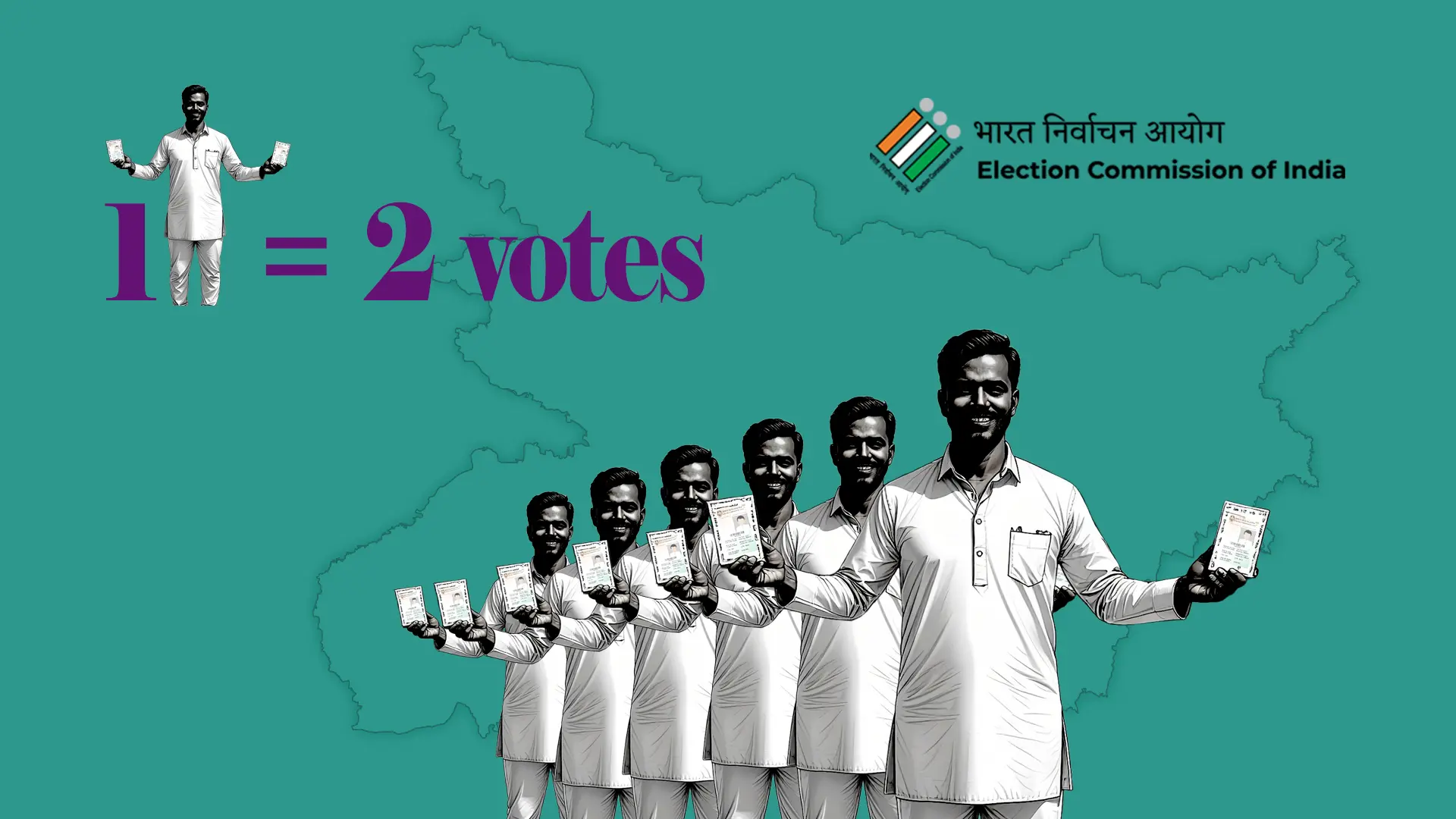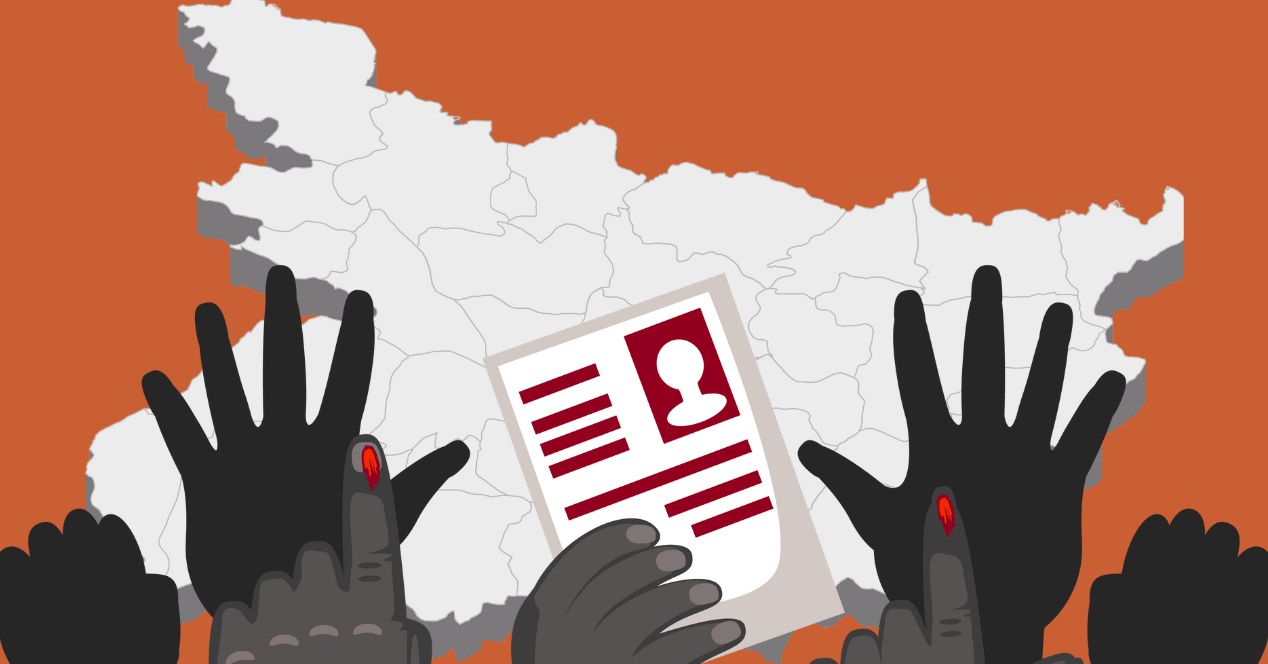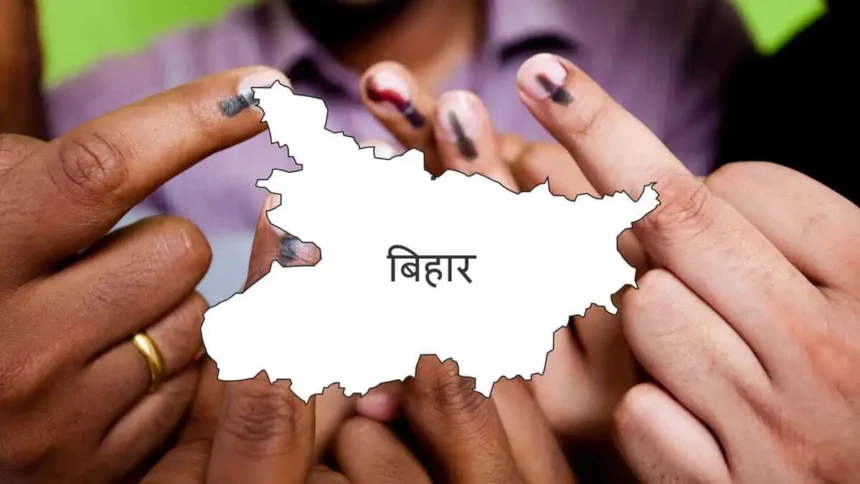The state of Bihar is gearing up for one of its most closely watched assembly elections in years. The Election Commission of India (ECI) has officially announced that the 2025 Bihar Legislative Assembly elections will be conducted in two phases — polling on 6 November and 11 November, with the counting of votes scheduled for 14 November. This election will decide the composition of the 18th Bihar Assembly across 243 seats.
With the poll dates now out, voters, parties, and the administration alike face the task of preparing for a high-stakes battle in a state with complex social dynamics, pressing development challenges, and shifting political alliances. Below is what every voter, observer, and stakeholder should know ahead of the polls.
Political and Historical Context
Bihar has long been a crucible of Indian politics, where caste dynamics, development issues, migration, law and order, and patronage politics interplay in intricate ways. The previous assembly election was in late 2020, after which a coalition government was formed under the National Democratic Alliance (NDA). Over time, political realignments occurred: in 2022, Nitish Kumar’s JD(U) broke ties with the NDA and formed the government with the RJD-led Mahagathbandhan, but by January 2024, JD(U) reversed course and rejoined the NDA.
This political turbulence sets the background for the 2025 election. Moreover, a new entrant—Prashant Kishor’s Jan Suraaj Party (JSP)—intends to contest a significant number of seats, aiming to challenge the dominance of the two main blocs. Parties across the spectrum see this election as crucial, not only for control of Bihar but for broader national implications, especially in terms of how alliances may shift ahead of the 2029 general elections.
Election Schedule & Key Dates
The official schedule released by the ECI includes the following phases and deadlines:
-
Notification date: 10 October (Phase I) / 13 October (Phase II
-
Last date for filing nominations: 17 October (Phase I) / 20 October (Phase II)
-
Scrutiny of nominations: 18 October / 21 October
-
Last date for withdrawal of candidature: 20 October / 23 October
-
Polling dates: 6 November (for 121 seats) / 11 November (for 122 seats)
-
Counting and result declaration: 14 November
With the announcement of the election schedule, the Model Code of Conduct has come into effect across Bihar, imposing restrictions on government announcements, policy launches, and certain public spending.
Also, polling in eight assembly by-elections across several states (Jammu & Kashmir, Odisha, Jharkhand, Mizoram, Punjab, Telangana, Rajasthan) will be held on 11 November, concurrently with the second phase of Bihar polls.
Voter Roll, SIR Revision & Voter Count

Before polling began, a special exercise called Special Intensive Revision (SIR) was undertaken to update and “purify” the electoral rolls. Through this process, 21.53 lakh new voters were added to Bihar’s rolls, while 3.66 lakh names were removed due to duplication, death, migration, or ineligibility.
As a result, the final voter count in Bihar is now approximately 7.42 crore registered electors.
However, the SIR exercise has been controversial. Opposition parties have alleged irregularities and bias in the deletions and additions, arguing that vulnerable populations — minorities and migrants — may be disproportionately impacted. The Supreme Court has taken up related challenges and is overseeing objections.
Another issue highlighted is “missing voters”. The Election Commission flagged approximately 35.7 lakh electors whose addresses could not be verified despite Booth Level Officers (BLOs) making three visits. Political parties have been given a deadline to verify these names.
Polling Infrastructure & Innovations
For 2025, Bihar will have 90,712 polling stations, ensuring broad coverage and accessibility. One noteworthy innovation: no polling station will have more than 1,200 electors. Bihar becomes the first Indian state to cap the electorate per booth at this level—an effort intended to reduce voter wait times and crowding.
Other featured initiatives include:
-
Webcasting facilities at polling booths to ensure transparency of polling operations.
-
Colour photographs of candidates and party symbols printed on EVM ballots to reduce identification errors.
-
Enhanced digital platforms and upgraded result websites to improve user interface and real-time reporting.
-
Deployment of general observers (243 total), police observers in districts, and expenditure observers to monitor the fairness of the process.
-
Accessibility arrangements: ramps, wheelchairs, polling stations at ground level for differently-abled and senior voters.
Major Issues & Voter Concerns
Several issues are expected to dominate the election narrative. These include:
Unemployment & Livelihood
Joblessness among youth, underemployment in rural areas, and migration from Bihar to other states remain pressing concerns. Expectations are high for parties to present credible employment plans, particularly for returning migrants.
Migration & Remittances
Large numbers of Biharis work across India. The return migration during COVID-19 and subsequent strains have made job creation, skill development, and social security key demands.
Infrastructure & Development
Roads, electricity, water supply, rural connectivity, schools, and hospitals are perennial issues. The electorate will assess the performance of incumbent governments in delivering on infrastructure promises.
Law and Order
Crime, safety of women, and governance deficits in rural areas are significant voter concerns. Many voters expect stronger policing, faster judiciary, and local administration reforms.
Caste, Identity & Representation
Caste alignments, sub-caste mobilizations, and identity politics remain integral in Bihar. Communities will seek representation and promises in candidate selection and policy promises.
Electoral Roll & Voting Rights
Given the contentious SIR exercise, many voters are watchful about whether their names have been correctly included, removed, or misplaced. Confidence in the voter list is a crucial precondition for turnout.
New Entrants & Bipolarity
The rise of the Jan Suraaj Party (JSP) led by Prashant Kishor introduces uncertainty. Whether JSP can break the dominance of the traditional NDA vs. Mahagathbandhan dynamic is a question many will watch.
Parties will also be tested on whether they can present coalitions with fresh narratives rather than repeating old promises.
What Voters Should Do

Here are key tips and reminders for voters in Bihar:
-
Check the electoral roll
Before polling day, verify whether your name appears in the final voter list. If missing, file objections or contact the Booth Level Officer (BLO). Voter Helpline (“1950”) is available in many regions. -
Know your polling station & schedule
Identify your polling booth (based on constituency) and phase (Nov 6 or Nov 11). Polling hours are typically from early morning to evening, but check locally for any variations. -
Bring proper ID and documents
Valid voter ID (EPIC), alternative IDs allowed by ECI, and possibly a photo ID. Follow any local instructions (e.g., ID check, biometric, if needed). -
Follow rules under Model Code of Conduct (MCC)
On polling day, no campaigning, use of loudspeakers, distribution of freebies, or electioneering is permitted near polling booths. Be aware of boundaries enforced by election officials. -
Assist special/vulnerable voters
If you or family members are elderly, disabled, pregnant, or infirm, request assistance at booths. Polling stations are being made accessible across most locations. -
Report violations or anomalies
If you see coercion, impersonation, campaigning violations, or misuse of money, contact the polling officials or ECI helpline. -
Vote responsibly
Consider local issues, candidates’ track record, manifestos, and your rights. Resist inducement, misinformation, or undue pressure.
Political Battleground: Blocs, Alliances, Leaders
The 2025 Bihar election is not just a contest among candidates but among political blocs:
-
NDA (National Democratic Alliance)
The coalition includes BJP and JD(U), along with smaller allies. It seeks to hold ground and present continuity in governance. -
Mahagathbandhan / INDIA Bloc
Led by RJD, Congress, and Left parties, this alliance aims to recapture power and address development imbalances and socio-economic issues. -
Jan Suraaj Party (JSP)
A newer player, Prashant Kishor’s JSP aspires to emerge as a third front. Whether it can field strong candidates and cut into vote shares of established parties is a key uncertainty.
Prominent leaders expected to influence the outcome include Nitish Kumar (JD(U)), Tejashwi Yadav (RJD), leaders from BJP, and Prashant Kishor himself.
Another interesting development: AAP (Aam Aadmi Party) has announced it will contest all 243 seats, refusing to align with JSP or other blocs.
The contest is thus shaping up as a triangular battle, with traditional bloc politics challenged by new entrants and localized issues deciding many constituencies.
Challenges & Risks

Despite careful planning, the Bihar elections 2025 face several challenges:
-
Trust deficit over voter roll revisions
The SIR exercise’s controversies have sparked distrust among groups whose names were removed or contested. -
Logistical complexity
Two-phase polls, many polling stations, deployment of observers and security forces, and tight schedules put strain on administration. -
Spoiler effect & vote splits
With multiple parties contesting, vote fragmentation could allow candidates with modest vote shares to win. -
Misinformation / social media influence
Rumours, deepfakes, and false narratives could affect voter perceptions at the last moment. -
Violence or coercion in vulnerable areas
Though law and order has historically been an issue, strong deployment and monitoring are critical to prevent malpractice. -
Turnout uncertainty
Voter disillusionment or confusion over roll issues could lead to lower turnout. Mobilization of youth, first-time voters, and marginalized communities will matter. -
Judicial challenges
Any legal challenge related to deletions or poll process irregularities could delay or disrupt results in contested seats.
What to Expect After Voting
Once polling is concluded:
-
Counting of votes will be held on 14 November, likely with rounds of counting for postal ballots, EVMs, and reserved seats.
-
Exit polls and predictions: Media and agencies will release exit poll results, though their accuracy is always debated.
-
Coalition formation: Since no single party may achieve an outright majority, alliances and post-poll negotiations will determine the government formation.
-
Immediate decisions and policy announcements: The winning bloc may be expected to announce priority measures — welfare schemes, development agenda, job plans — to assert legitimacy.
-
Legal scrutiny & recounts: In close contests, legal petitions or recounts may be filed.
-
Impact on national politics: The results will have ramifications on alliance stability at the center, momentum ahead of 2029, and party narratives nationwide.
Why This Election Matters
Bihar is one of India’s largest states by population and has often acted as a bellwether for regional and national politics. The 2025 election is important for several reasons:
-
It tests the strength of new political entrants like JSP against entrenched bloc politics.
-
It gauges public response to decades-long development challenges, particularly in backward districts.
-
It signals how trust in electoral institutions, voter roll processes, and administrative transparency is evolving.
-
Its outcome will influence alliance equations ahead of future national elections.
-
It will shape governance priorities in one of India’s most populous and diverse states.









